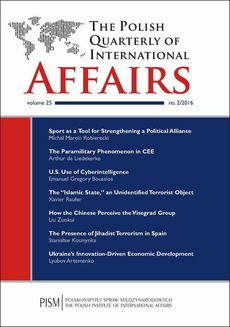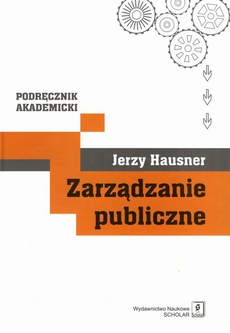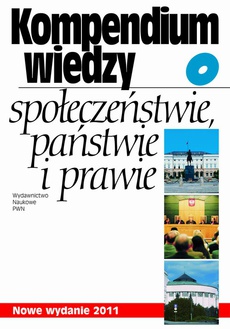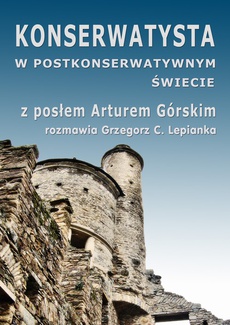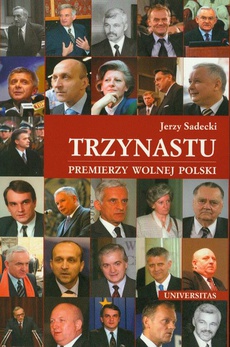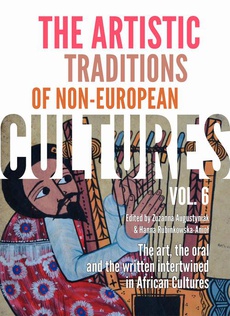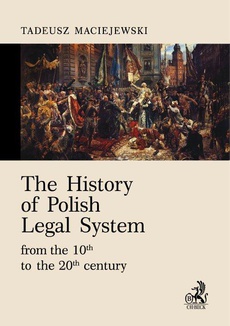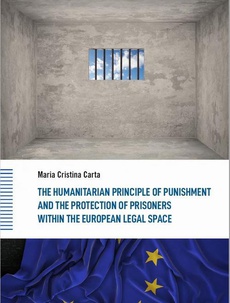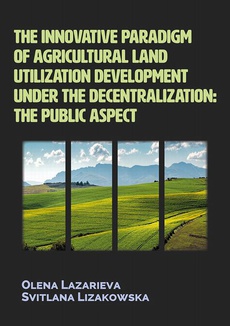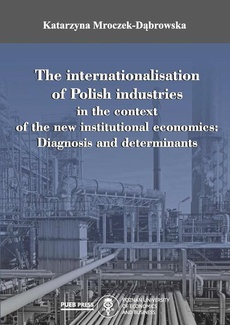POLECAMY
The Polish Quarterly of International Affairs 2/2016
Autor:
Michał Marcin Kobierecki, Arthur De Liederke, Emanuel Gregory Boussios, Xavier Raufer, Liu Zuokui, Stanisław Kosmynka, Lyubov Artemenko, Elena Kachanovich-Shlyk, Alicja Minda, Anna Pochylska
Redakcja:
Format:
pdf, ibuk
„The Polish Quarterly of International Affairs” jest anglojęzycznym kwartalnikiem Instytutu poruszającym i analizującym kwestie istotne dla Europy Środkowej i Wschodniej. Stanowi forum debat nad współczesnymi wydarzeniami międzynarodowymi. Każde wydanie zawiera zbiór autorskich artykułów poddanych ocenie peer review, a także recenzje specjalistycznych publikacji.
The Polish Quarterly of International Affairs is the Institute’s English language journal and has a Central and Eastern European focus. It provides a forum for the analysis and debate of international affairs through a collection of original, peer reviewed articles on a contemporary theme.
| Rok wydania | 2016 |
|---|---|
| Liczba stron | 109 |
| Kategoria | Politologia |
| Wydawca | Polski Instytut Spraw Międzynarodowych |
| Numer wydania | 2 |
| Język publikacji | angielski |
| Informacja o sprzedawcy | ePWN sp. z o.o. |
Ciekawe propozycje
Spis treści
| Articles | |
| Michał Marcin Kobierecki | |
| Sport as a Tool for Strengthening a Political Alliance: The Case of the Eastern Bloc during the Cold War (s. 7) | |
| The aim of the article is to investigate sports exchanges within the Eastern Bloc from the perspective of their diplomatic significance. Such exchanges were intended to strengthen the alliance by generating friendship between the societies of its member states. This objective was not fulfilled, and positive sports diplomacy between the communist states failed. The article proves the hypothesis that the use of sport to strengthen the Eastern Bloc should not be associated exclusively with the interests of the Soviet Union, but with those of the communist governments of the allied countries in general. The investigation also sought the reasons for the failure of the whole initiative. | |
| Arthur de Liedekerke | |
| The Paramilitary Phenomenon in Central and Eastern Europe (s. 25) | |
| One of the less publicised consequences of the geopolitical turmoil that has come to characterise recent years has been the surge in the popularity of paramilitary units across Central and Eastern Europe (CEE). Although the groups operating in this region share a number of features, including military training, uniforms, and in some cases access to weapons, they have varying degrees of state support and legitimacy, depending largely on the nature of the perceived threat and their ideological foundations. In the Baltics and, to a lesser degree, in Poland, these organisations have been a traditional feature of national defence, or been harnessed by the authorities to ensure they operate in accordance with the law and within the scope of the interests of state. In Central Europe, however, they tend to be xenophobic, anti-democratic vigilante groups with the potential to become destabilising factors in the long run. | |
| Emanuel Gregory Boussios | |
| Termination or Accountability? The Controversy over the United States’ Use of Cyberintelligence (s. 35) | |
| The paper explores the debate over the role of United States governments in American cybersecurity. This issue has been brought to the attention of the broader public by the controversial case of Edward Snowden, who claimed that the U.S. government (and its allies) acted criminally by aiding and abetting its own agents in the unlawful collection of information on U.S. citizens. In the debate that followed, a range of legal and ethical questions regarding democratic states’ cyberintelligence gathering capacities were raised. Notably, there has been a tendency in the literature to portray the challenge thus raised in terms of an unbridgeable chasm, with “liberty” on one side and “security” on the other. By adding a new perspective to our understanding of the problem of protecting the U.S. cyberspace, this paper addresses the question of how transparent and publicly accountable the U.S. government should be when upscaling its cyberintelligence capabilities. The study also considers the practicality of cyberintelligence reforms in the U.S. demanded by Edward Snowden. | |
| Xavier Raufer | |
| The “Islamic State,” an Unidentified Terrorist Object (s. 45) | |
| Massive media coverage presents us with a picture of a single-entity network of “global partisans,” which we can call the Islamic State (IS), the Islamic State of Iraq and the Levant, ISIS, ISIL, Daesh, or the Takfiri. The aim of this study is to show that, while day after day we are told of the horrors perpetrated by this entity, warned of the threat posed to Europe by the imminent invasion of thousands of bloodthirsty moujahidin, and presented with terrifying figures about the size of its arsenal and “armies,” nothing is ever said of the heart of the matter: What is the Islamic Sate? What is its nature? Its essence? | |
| Liu Zuokui | |
| How the Chinese Perceive the Visegrad Group (s. 56) | |
| This paper analyses the Chinese perception of the Visegrad Group from the point of view of scholars, decision-makers, the media, and those in business. Different groups present different attitudes to and comments about the Visegrad Group and cooperation between China and the V4. Scholars have undertaken relatively deep research on the Visegrad Group. Decision-makers take a very pragmatic view and show less will to promote dialogue between China and the V4. The Visegrad Group is not well represented in the Chinese media. Chinese entrepreneurs do not regard the V4 as a useful platform for the promotion of their trade activities. Based on the above findings, the author puts forward some proposals for promoting pragmatic cooperation between China and the V4. | |
| Stanisław Kosmynka | |
| The Presence of Jihadist Terrorism in Spain (s. 68) | |
| After 11 March, Spain remained part of the militant Salafist narrative and constituted a potential target of attacks. Spanish territory was also used for undertakings in the regional (European) and global (Iraq, countries of Maghreb, and the Middle East) dimensions. This strategy constitutes an important indicator of the polymorphism of contemporary jihadist terrorism, including in the case of radical Salafist networks in Spain. Structures associated with the global network of jihadist groups (such as GSPC/AQIM, GICM and others) and cells of radicals that recruit in virtual space and maintain only declarative affiliations to Al Qaeda’s international structures have all made their presence felt in this country. | |
| Lyubov Artemenko | |
| Ukraine’s Innovation-Driven Economic Development: Institutional Challenges (s. 74) | |
| This paper studies the link between innovative development, institutional arrangements and economic performance in Ukraine. The research investigates whether, and to what extent, institutional arrangements in Ukraine influence its innovation-driven economic development, and how this impact can be measured for the whole economy and for a specific sector (IT). The research aims to discover how the pillars of the National Innovation System (NIS) and their interactions in the dynamic perspective influence the innovative development of Ukraine in general, and of the IT sector in particular. Mixed method research is applied in the paper. Empirical research is employed to test the causative effect of the pillars of Ukraine’s NIS on innovative development and to model the relationship between the explanatory and response variables. Qualitative research is then presented, in the form of responses to in-depth interviews with the personnel of IT companies, to support or contradict the results of empirical research. | |
| REVIEWS | |
| Margarita M. Balmaceda: Living the High Life in Minsk: Russian Energy Rents, Domestic Populism and Belarus’ Impeding Crisis (Elena Kachanovich-Shlyk) (s. 93) | |
| Marc Lynch: The New Arab Wars: Uprisings and Anarchy in the Middle East (Alicja Minda) (s. 97) | |
| Łukasz Kamieński: Nowy wspaniały żołnierz. Rewolucja biotechnologiczna i wojna XXI wieku (Brave New Soldier: The Biotechnological Revolution and 21st Century Warfare) (Anna Pochylska) (s. 102) | |

